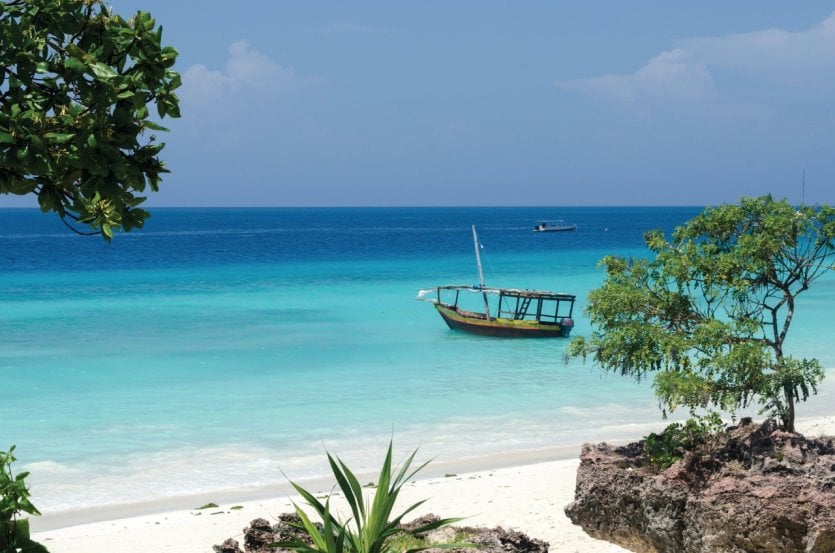
Imagine yourself next to a white sandy beach under the softest and most pleasant sun. The turquoise water swirls in the background while the coconut palms sway in a gentle breeze. This is it, you are in the middle of the Indian Ocean, in Zanzibar, one of the best preserved land paradises in the world. In a lush nature with endangered fauna and flora, these paradise islands tell a story of multiple influences and spicy flavors. With generous palaces reserved for the sultans, Zanzibar is also the symbol of simplicity as shown by its many populations remaining humble and attached to their traditions. More than a simple farniente trip, Zanzibar is a dream that has been inscribed in the minds of many poets, including Rimbaud who dreamily declared "Maybe I will go to Zanzibar one day...". What to see, what to do in Zanzibar? Discover our 13 must-sees!
1. The Old Stone Town
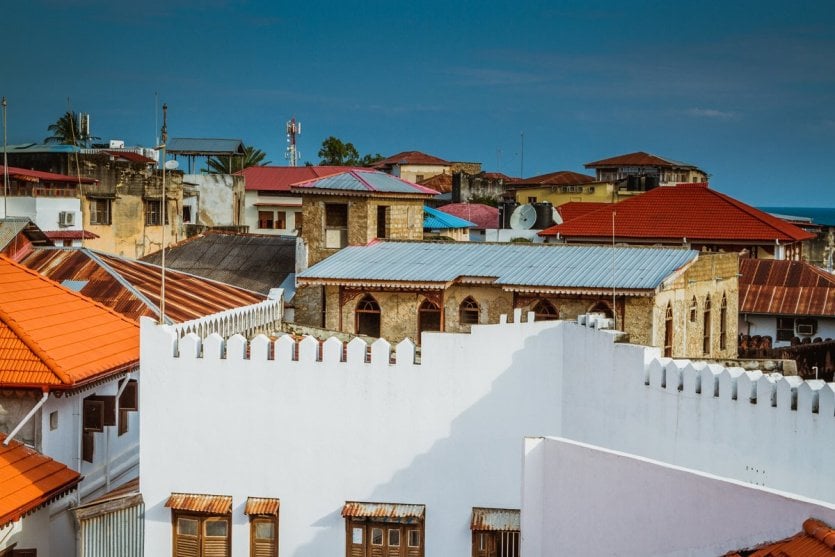
The Old Stone Town area deserves not one, but several detours! With its Arab past, the city built in coral stones does not lack charm. Thus, this unique place in the world is recognized as a World Heritage Site by Unesco. And we understand why! With its imposing carved doors, its colored walls and an original architecture, the old Stone Town is a labyrinth where it is pleasant to get lost to immerse oneself totally in the local culture. This real maze of small streets allows you not to pass any car. Only cyclists and pedestrians have the right of way! If you wish to discover the history of the city and its main monuments, you can book your visit here thanks to an offer of our partner including also the visit of Changuu (Prison) Island.
2. Beit-al-Ajaib, House of Wonders
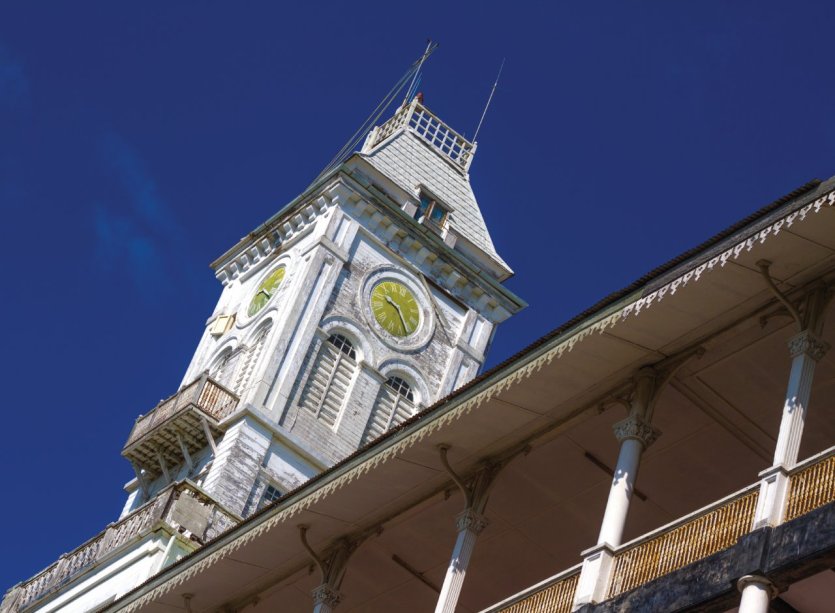
This iconic building of Zanzibar is the tallest in Stone Town. Built on the ruins of the palace of the Afro-Persian Queen Fatuma in 1883, it was the first building on the island to have electric lighting and elevator, hence its nickname "House of Wonders". Beit-al-Ajaib was in its time the largest residence in East Africa where the sultan of the time resided. The carved doors engraved with several verses of the Koran and the marble floors give a very majestic air to the whole. Inside, you can admire artifacts and old photos that show the life in Zanzibar over the centuries. The centerpiece of this museum is certainly the dhow, a traditional Arab sailing boat, placed in the center of the building. Would you like to visit it? Book your guided tour in advance by clicking here .
3. The Old Arab Fort of Zanzibar
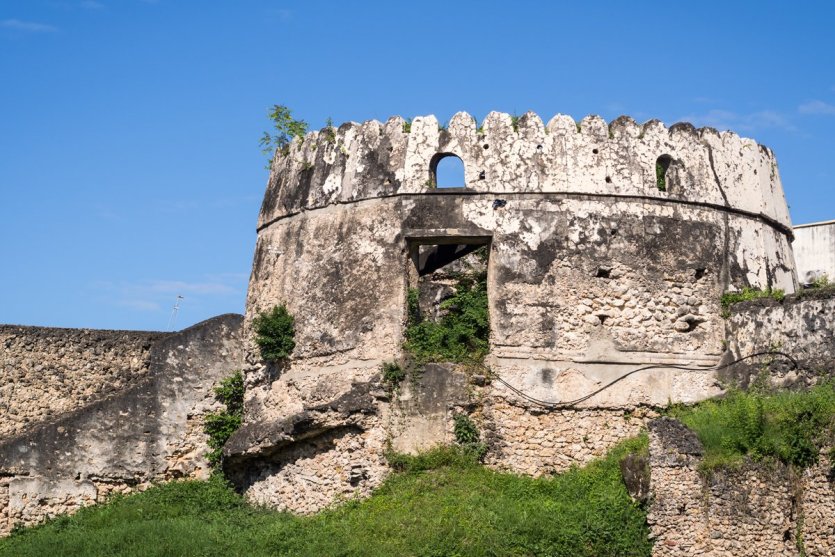
Also called Ngome Kongwe, this is the oldest building on Zanzibar. Built between the years 1710 and 1715 on a chapel, its purpose was to protect the island from another Portuguese attack after the reconquest of the island by the first Sultan Said. Over the years, it became a prison and a place of entertainment where punishments and executions were public. Continuing to change function, its most atypical use remains that which the English attributed to it: Tennis Club for the ladies of high society. Nowadays it has fallen into disuse, but you can do some shopping or relax in its amphitheater where dance and music groups come to rehearse. Moreover, it is here that the Sauti Za Busara, a festival of traditional African and Arab songs and dances, and the Festival of the Dhow Countries of international cinema are held.
4. Beit-El-Sahel
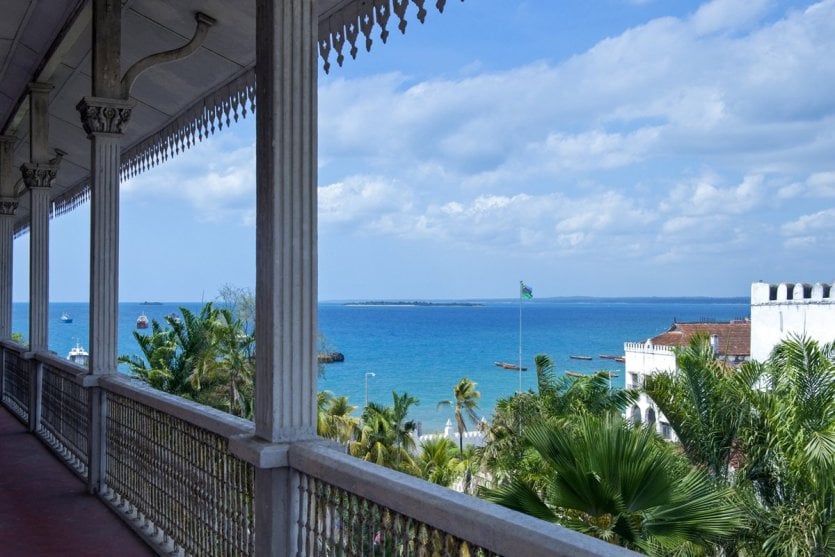
This museum is built on the ruins of an old palace, named Beit-El-Sahel, in the 19th century. Inhabited by Sultan Said until 1964, the year of the revolution, it is in the 1990s that it will become a place tracing the economy of the island and the life of the sultans. Thus, all the genealogy is evoked thanks to multiple objects and documents of times as paintings. It is also an opportunity to discover the interior of a palace and its furniture, imported from many countries. Finally, the tombs of all the sultans are visible in the garden of this building. Book your guided tour in advance by clicking here.
5. The slave market and the Anglican church of Zanzibar
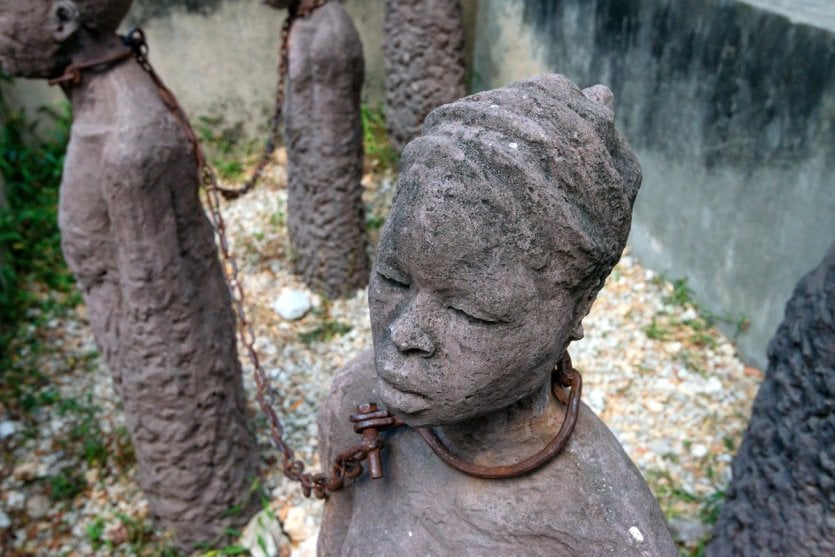
A place of memory full of history. We discover the frightening conditions reserved for the slaves before their sales. They waited for their fate to be decided, cloistered in a few meters without air or light. Piled up together in such a small space and in deplorable conditions, they had to wait for the tide so that the excrement on the floor could be washed. It was not uncommon for many of these human beings to die of suffocation or exhaustion. Outside the slave market, a memorial was created by the artist Clara Sörnäs. The statues are surrounded by the real irons that chained the slaves. The church, meanwhile, has the distinction of being architecturally influenced by Gothic and Arab art. To learn more about this period of history, book your guided tour easily right here thanks to our partner's offers.
6. Changuu Island
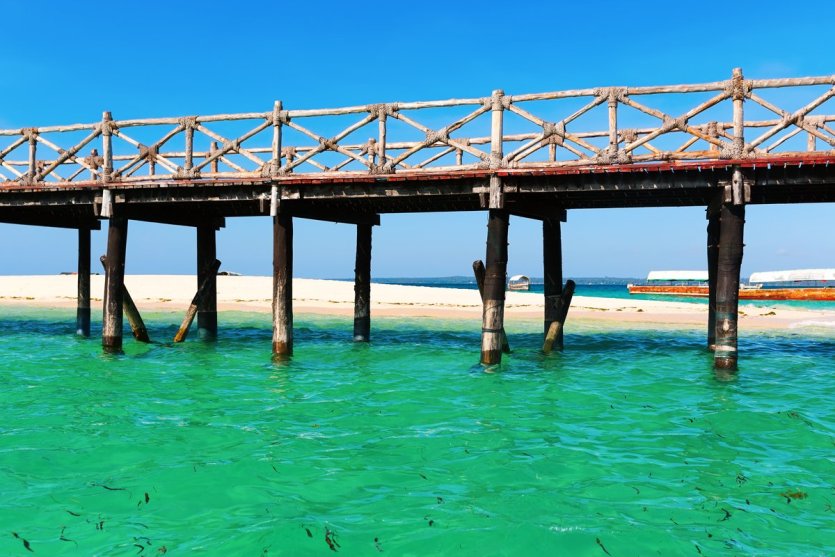
Owned in the past by a rich Arab merchant who stored his slaves there before selling them, Changuu literally means: prison. Moreover, a prison was also built by the sultan in 1893, but it was never used. To immerse yourself in the magic of Zanzibar, there is nothing like discovering its rich past through a guided tour of the island. You can book your tour right here. The biggest attraction of Changuu Island is its population of giant tortoises imported from the Seychelles and its peacocks in total freedom. The doyenne of this place is more than 160 years old! Another positive point is the white sandy beaches which are superb and which allow an incredible snorkeling trip in one of the most beautiful reefs of Zanzibar. Be prepared to see an impressive population of starfish.
7. The village Matemwe next to Zanzibar
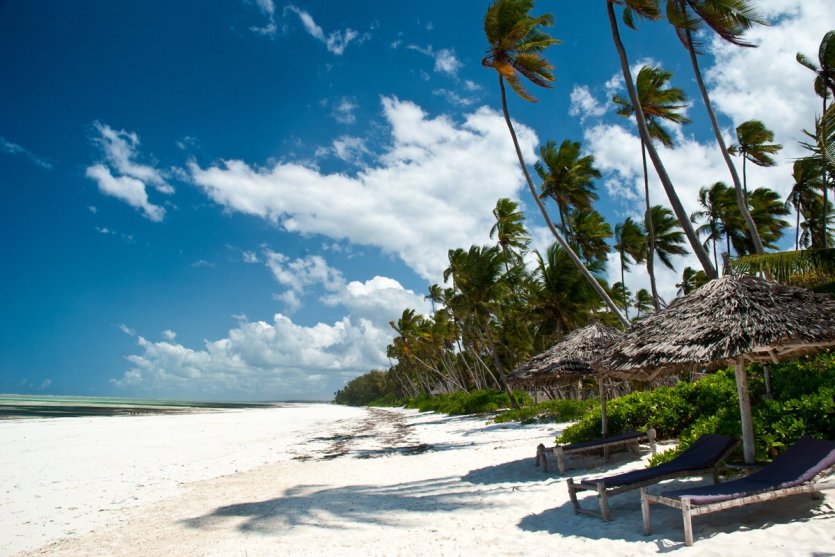
Matemwe is an isolated and typical village. A visit with a local guide is more than recommended! It is the best way to discover the rural life in Zanzibar. You can visit traditional houses made of dried mud or see the wells that bring water to the inhabitants. But the most local event you will see is certainly the fish market. In this mishmash of villagers, you will be in the middle of a daily scene where each citizen has his habits. It is also near this place that you can discover by snorkeling or diving one of the densest coral reefs of the island. If you wish to take diving lessons on the spot, you can discover the advantageous rates of our partner right here .
8. Jozani Chwaka Bay National Park

Jozani Chwaka Bay National Park is the only national park on the island that is really worth a visit, especially for its star tenant: the endangered Red Colobus monkey . This local star is easily observed, it is used to human presence. Other species to contemplate: the galagos, the tree hyrax, about fifty species of butterflies and an incalculable number of birds. This protected area of 5,000 hectares is managed by the 9 villages of the area where the guides are from. Made up of colossal mahogany trees, one of which is over 200 years old, the flora is remarkably rich. The mangrove, as for it, is well preserved and takes part in the good functioning of the local ecosystem. Would you like to observe the animals in their natural habitat with a local guide? Remember to book your tickets for your visit right here!
9 - Tanning on the beaches of Zanzibar
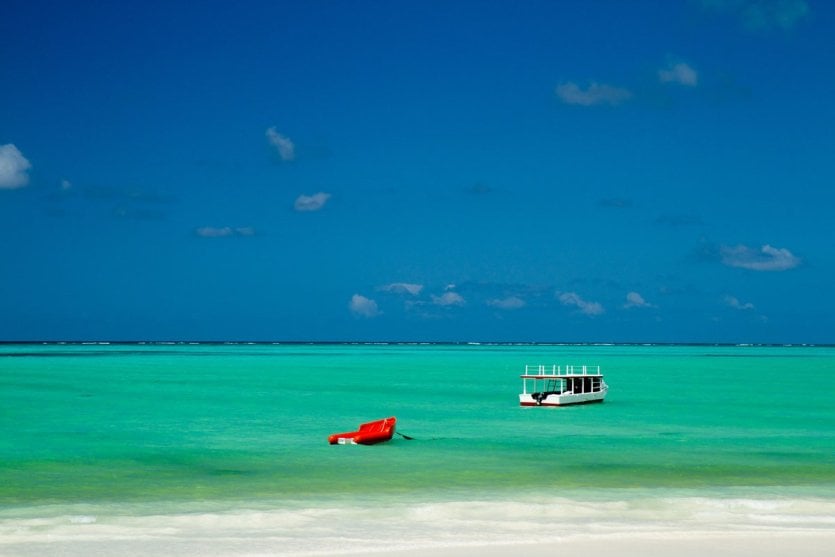
What is the most beautiful beach in Zanzibar?

Zanzibar's fine white sandy beaches bordered by the Indian Ocean and its large blue lagoons have contributed to the island's fame and tourist appeal. In our opinion, the most beautiful beaches are those of Paje, Kendwa, Blue Ray, Jambiani, Kiwengwa (in general, prefer the east coast, you will rarely be disappointed).
- Paje for example, is a heavenly beach with fine sand. For a human adventure, go to the local cooperative to discover red seaweed aquaculture, an economic engine implemented by women. You will be able to see and help these women working in difficult conditions under a bright sun. A great opportunity to share a simple moment in all sincerity.
- The beach of Nungwi is also considered by many tourists as the most beautiful beach in Zanzibar, even one of the most beautiful beaches in the world.
10. The spice market of Zanzibar
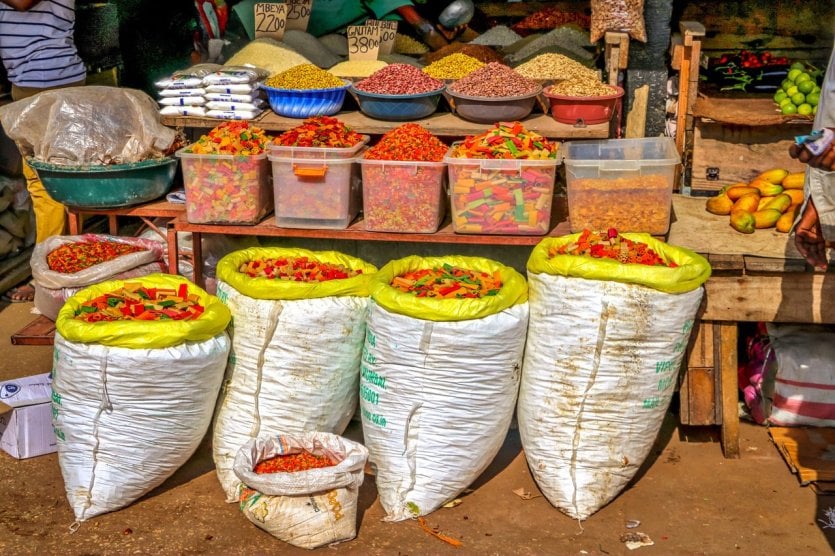
The markets of Zanzibar are among the must-see places. Zanzibar is indeed an important exporter of spices and it is also the first exporter of cloves in the world. Zanzibar is known for its turmeric, Indian curry, cinnamon, cardamom and ginger. Take advantage of this opportunity to go for a walk among the colorful stalls to discover the immense diversity of spices that abound on the island and don't forget to bring back a few bags of spices!
11. The islands of Pemba and Mafia, neighbors of Zanzibar
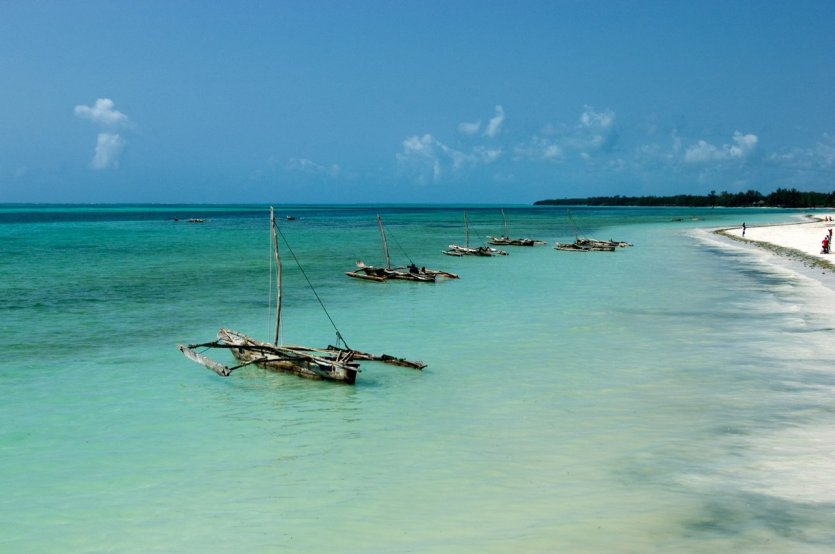
Sometimes called Green Island, Pemba is a hilly island covered with lush vegetation. It is a fantastic scuba diving spot as its waters are home to superb coral reefs. You will be able to observe a lot of marine animals such as dolphins, whales, fish... Theisland of Mafia is a quiet island, known by all the great divers in the world. The bay of Chole is indeed home to deep and rich waters. All along the island, from Tutia in the south to Bweni in the north, runs an almost uninterrupted coral reef. During the northeast monsoon(kaskazi, from December to March), you can even see sea turtles that come to lay their eggs on the eastern islets.
12. Lunch at The Rock Restaurant

The Rock Restaurant is a breathtaking place, seen on every postcard. It is perched on a rock near the shore, where you can walk to at low tide, and take a boat at high tide. The atmosphere is trendy, sofas on the terrace face the lagoon, it is an ideal spot to sip a cocktail or enjoy a meal based on fresh products (lobster, cicada of the sea, squid, octopus...).
13. Kizimkazi, the dolphin village
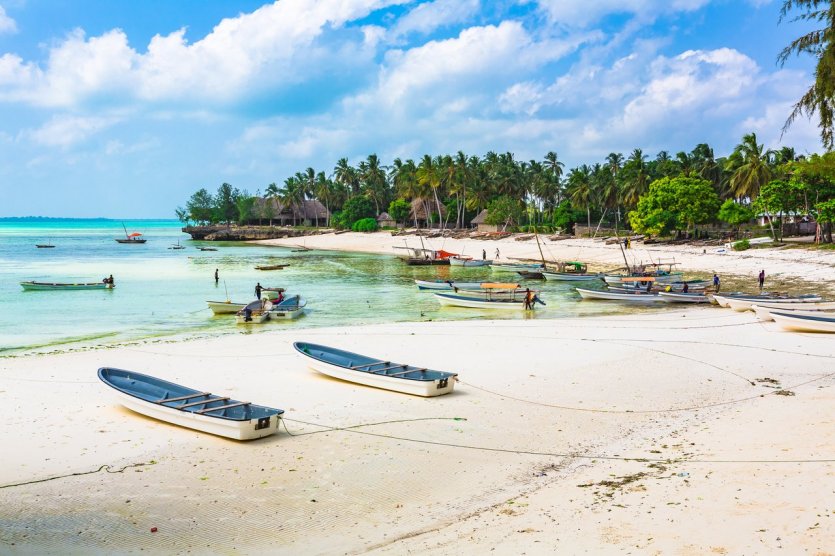
Kizimkazi is a fishing village whose waters are reputed to be home to nearly 200 dolphins that come to feed in the shallow coastal waters. Menai Bay has therefore been renamed the "Bay of 1000 dolphins". If you wish to see them, ask your guide not to get too close to them so as not to chase them or scare them and do not insist if the dolphins prefer to move away. It is in this village that you will also find one of the oldest Afro-Shirazian mosques on the island, dating from the 12th century.
When to go to Zanzibar?
Zanzibar can be visited almost all year round. You will always spend your vacations under a great sun because thanks to the equatorial climate, the temperatures are always mild. The only season to avoid is the rainy season from mid-March to the end of May. The ideal period is from June to September. The weather will be perfect because it is the high season. For more information, please read our dedicated article.
Which travel route to take in Zanzibar?
We have listed here all the places that we think are must-do's in Zanzibar. If you are unsure or don't know where to start planning your trip, we recommend that you use our custom-made Petit Futé guide. It will help you build an itinerary according to your desires and the time you have available!
Our advice for a trip to Zanzibar
- Remember to book your plane tickets well in advance to save money and take advantage of low fares! We recommend you to take advantage of our partner's offers by clicking here.
- For your travels on the spot, we recommend you the daladalas. These collective minibuses are the cheapest local transport and allow you to cover the main villages for very little money. However, the routes are interspersed with multiple stops: be patient! To know more about it, discover our article dedicated to the subject.
- Don't forget to book accommodation at each stage of your trip to Zanzibar. Click here to see our selection of the best hotels for each location. To see rates and availability, click here.
Did this destination make you want to go? Check out our dedicated Zanzibar travel guide to prepare for your trip!


